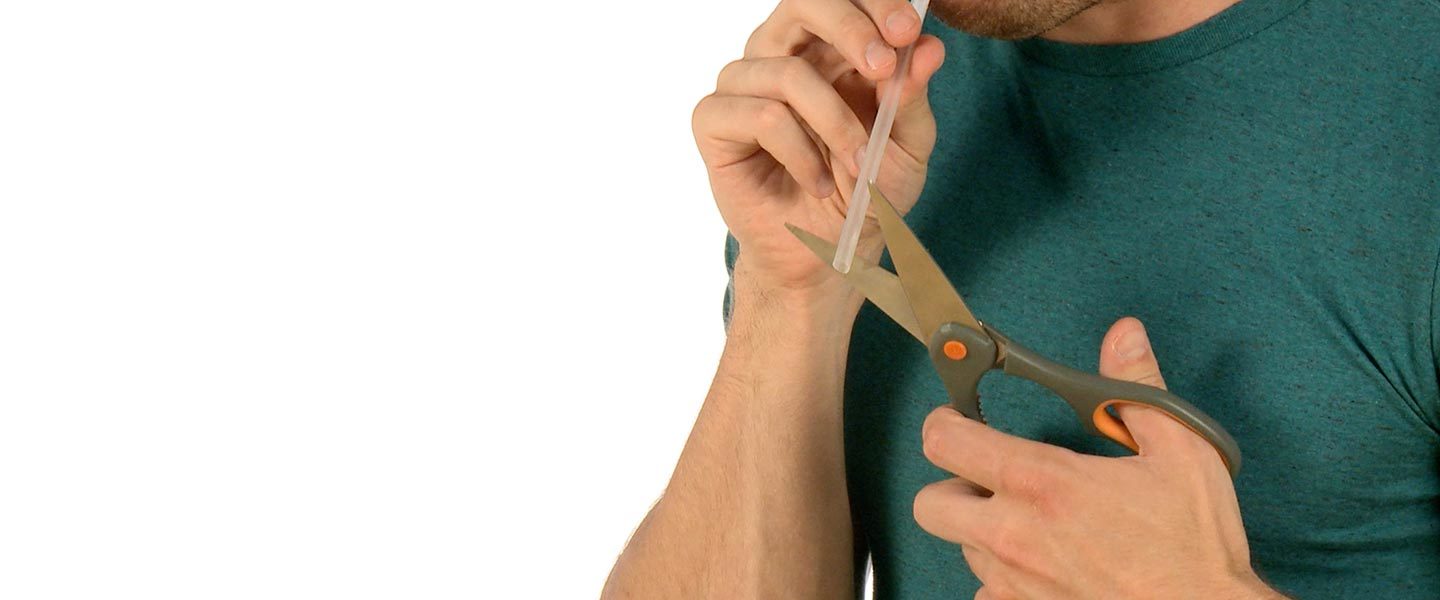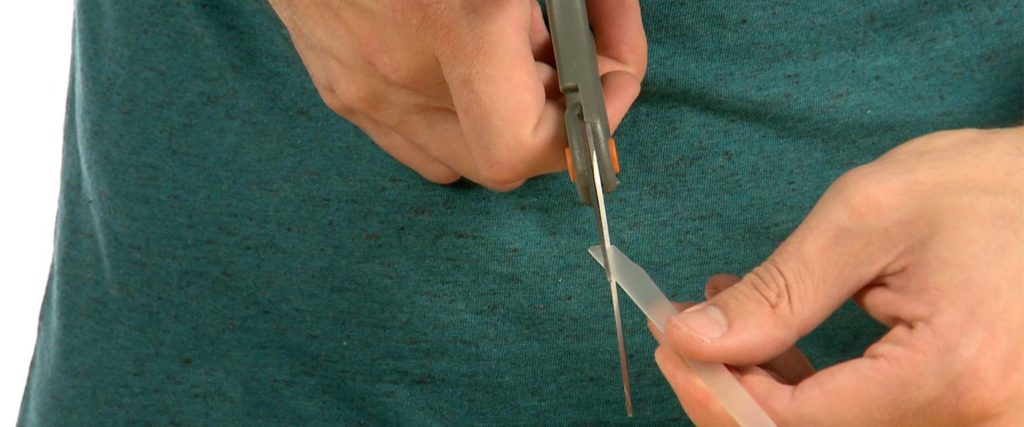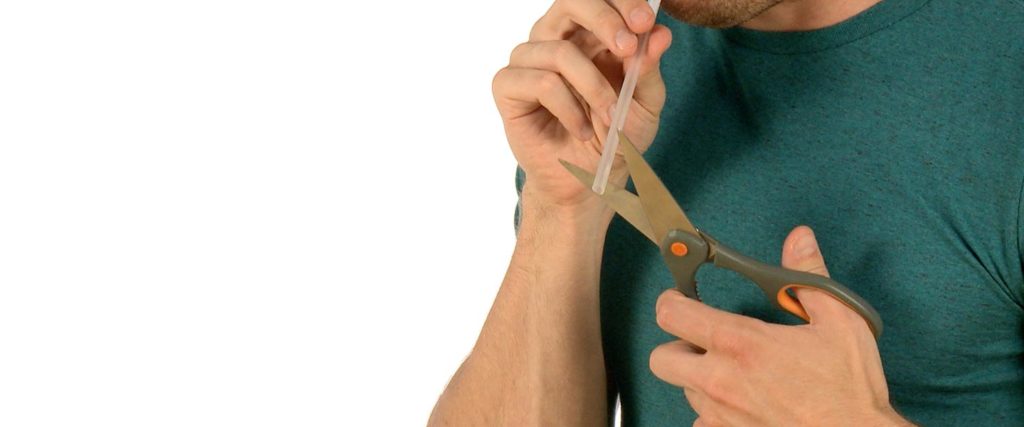Pop Bottle Music
A popular Las Vegas musical act uses tubes, bottles, trash cans, and other common items to make some very cool and distinctive sounds. This just […]

Music has been one of the greatest inventions in human history! There’s no telling when it started or what was the first wind instrument (one you blow into) ever played. It’s probably a safe bet, however, that it wasn’t the one you’re about to make. Keep reading and in a matter of minutes you’ll know how to become a Musical Straw virtuoso (and annoy everyone around you as well).

Flatten the top inch or so (25 mm) of the straw with your teeth. Avoid curling the end of the straw up or down. Flatter is better, so bite down hard. You can also lay the straw on the table and press it down firmly with a spoon or knife along the two edges you created.

Cut off both corners of the flattened portion so that it’s narrower in the middle than the sides. These two flaps are where the vibrations will come from that you hear as “music.”

Now you’re ready to make noise – and really annoy everyone. Place the cut end of the straw into your mouth, seal your lips around it, and blow until a “sound” is produced. It’s tough to do so don’t rush or blow too hard and long. The sound will be more of a squawk than music. You’ll feel the entire straw vibrate as a sound is made, too. Don’t give up if you don’t make a sound right away; you just need to reposition the straw and try again. There’s a “sweet spot” where the sound occurs. You’ve made a “double reed” mouthpiece similar to (but not as good as) an oboe, an English horn, and a bassoon.

When you get the hang of making noise – uh, that is, music – use scissors to cut short sections off the bottom of the straw while you’re making the sound. Listen for rising changes in the pitch as you cut the straw shorter and shorter. Watch out for your lips!
When adjusted properly, the flattened end of the straw vibrates as the air you blow flows over them. These vibrations are passed on to the column of air inside the straw. This is similar to a double reed on some woodwind instruments. The vibrating air produces the sound based on the length of the straw. By cutting off pieces of the straw, you alter the length of the air column and change the pitch by doing so. An English horn, oboe, and bassoon all use this same principle of double reed vibration to make music only theirs is real music. These instruments, however, change the length of the column of air with holes, stops, and pads. Scissors are a bit impractical.
Here’s a variation: Use two straws, one narrower than the other and the smaller straw should fit snugly inside the larger straw. On the smaller straw, repeat Step 1 above. Slide the fatter straw over the thinner straw and start blowing. Move the larger straw back and forth to change the pitch of the sound by lengthening or shortening the column of air. It’s a straw trombone – although any brass player worth his or her salt will tell you it’s a lame attempt. Brass rules!